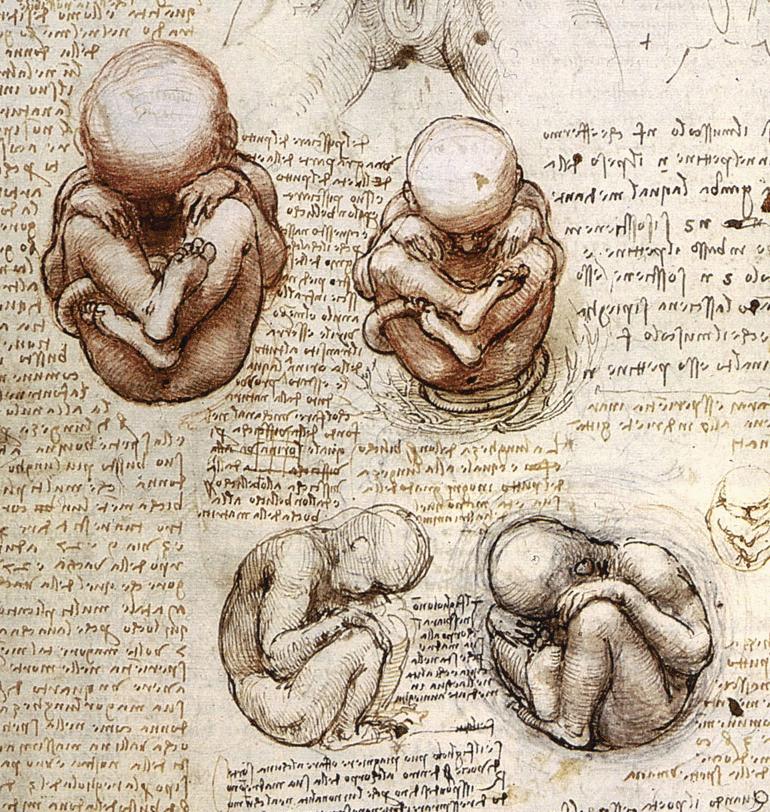Fetal position

|
WikiDoc Resources for Fetal position |
|
Articles |
|---|
|
Most recent articles on Fetal position Most cited articles on Fetal position |
|
Media |
|
Powerpoint slides on Fetal position |
|
Evidence Based Medicine |
|
Clinical Trials |
|
Ongoing Trials on Fetal position at Clinical Trials.gov Trial results on Fetal position Clinical Trials on Fetal position at Google
|
|
Guidelines / Policies / Govt |
|
US National Guidelines Clearinghouse on Fetal position NICE Guidance on Fetal position
|
|
Books |
|
News |
|
Commentary |
|
Definitions |
|
Patient Resources / Community |
|
Patient resources on Fetal position Discussion groups on Fetal position Patient Handouts on Fetal position Directions to Hospitals Treating Fetal position Risk calculators and risk factors for Fetal position
|
|
Healthcare Provider Resources |
|
Causes & Risk Factors for Fetal position |
|
Continuing Medical Education (CME) |
|
International |
|
|
|
Business |
|
Experimental / Informatics |
Fetal position (British English: foetal) is a medical term used to describe the positioning of the body of a prenatal fetus as it develops. In this position, the back is curved, the head is bowed, and the limbs are bent and drawn up to the torso.
This position is used in the medical profession to minimize injury to the neck and chest.
Sometimes, when a person has suffered extreme physical or psychological trauma (including massive stress), they will assume the fetal position or a similar position in which the back is curved forward, the legs are brought up as tightly against the abdomen as possible, the head is bowed as close to the abdomen as possible, and the arms are wrapped around the head to prevent further trauma. This position provides better protection to the brain and vital organs than simply lying spread out on the ground, so it is obvious as to why it is an instinctual reaction to extreme stress or trauma when the brain is no longer able to cope with the surrounding environment, and in essence "shuts down" temporarily.
The fetal position has been observed in drug addicts, who enter the position when experiencing withdrawal.
Many people assume this position when sleeping, especially when the body becomes cold.
id:Posisi janin
sv:Fosterställning
Template:WH
Template:WikiDoc Sources